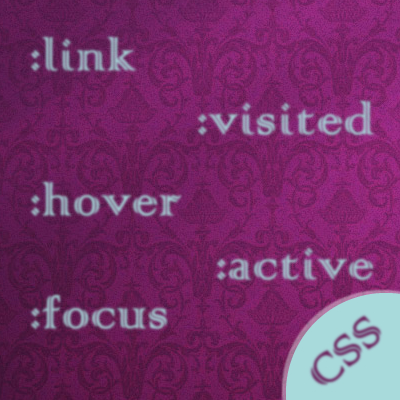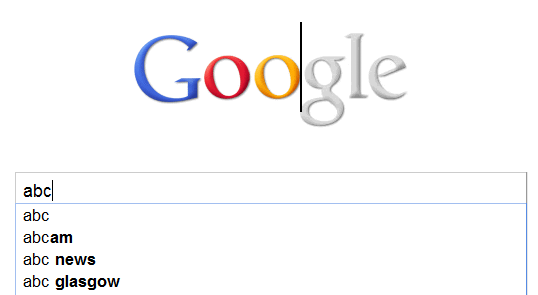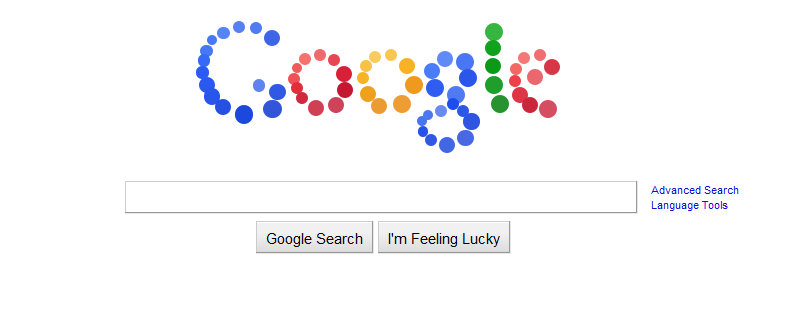Graphic designing is a creative field, but that doesn’t mean that it is starved of rules, best practices, and guidelines that together help a designer come up with a truly beguiling website. While graphic designers have made great leaps in augmenting their knowledge and skills on the UX and UI elements, but it’s about understanding their technical implications where they are still lagging behind. This is something that has forced them to go sidetrack and commit errors that aren’t expected of them.
Attractive, user-friendly designs can make a lot of difference between a potential and a promising customer. But, Unfortunately, not all designers can make flawless designs, instead they end up making mistakes that are not only time consuming, but harmful enough to make people cringe.
[gads]
In this post, we have compiled a list of five common pitfalls that graphic designers often make while designing a website.
Overburdening their Homepage
Visitors, in most of the cases, land on your homepage first, therefore, an atmosphere should be created wherein visitors can be directed easily and deeply into a website.
Designers, mind you, visitors can land on your website from any device- desktop or mobile, so having homepage filled with complicated carousels or overwhelming shadows can only end up distracting them. Designers often trade “easy” for “fancy”, and that’s where the real mistake lies.
Today, the majority of customers use Smartphones to browse a website, so providing a simple and immediate access to the website elements is critical to create a desire for your product.
Moreover, an over complicated web page tends to load slower as compared to those designed using minimalist philosophy. A rag-tag website not only does put off visitors, but also negatively affect its search engine ranking.
Poor Typography
Typography is an essential asset of a website as plays a crucial role in enhancing a website readability and credibility. A nicely designed typography also attracts the users’ attention when it comes to grasping any information on a website. Some designers end up selecting the most bizarre fonts that make the act of reading a difficult experience.
Thankfully, there are some ways that designers can implement to boost the appearance and readability of their fonts. Some of them are described as follows:
- Compare and go through over the color scheme of some popular websites such as Adobe Kuler. This will give you a comprehensive view of how your website color scheme should look like.
- Embrace Sans Serif typefaces to improve your website readability.
Badly Structured Navigation
Navigation is an important aspect of a website as it lets the visitor know about the existence of the information they have been looking for. A well-crafted navigation makes the act of traveling through a website effortless. Designers must derive better ways to ensure a uniform experience across the entire website. Visitors gain knowledge quickly and easily when a navigation is designed strategically.
Always keep usability on the top of anything else. Your design might look mind blowing, but if it fails to give natural experience to users, it is of no use. irrespective of whether you create one page layout or include pagination effects into a design, they should be blended with different filters to simply the searching process.
[gads]
Not Obeying Design Conventions
Some designers have a tendency to disregard design conventions, which yield them nothing except receiving brickbats from their clients and customers. Consistency is one the core principals of the graphic designing industry. When things behave uniformly, users won’t bother about what will happen next as it’s their prior experience with the website that gives them this confidence.
The more you stand true to your users’ expectations, the more time they’ll spend to explore your website. On the contrary, hurting their expectations will only annoy them and make them feel insecure.
[gads]
According to the Jacob’s law of the user experience: Users spend most of the time on “other” websites.
This clearly states that users already have preoccupied notions regarding the usability of your website. These notions are derived from their experience they had on other websites. Deviating them or breaking their experience, can force them to navigate off from your website.
Poor Color Choices and Contrast
Right set of colors can instantly spruce up a website appearance and make it look stand out. However, wrong color choice can widely put your visitors off. Designers must understand that there is a fine line between “creative” and being “gimmicky”, so try to stay on the better side to win your visitors’ heart. Designers should develop an in-depth understanding of the color theory and the way it should be implemented to fabricate an outstanding design. In fact, there are tons of online tools available that will help you the most suitable color contrast for your website.
To Sum Up
Graphic designers must strive to keep their web pages simple to encourage usability. So now that you know about some common mistakes, do some homework and create designs that work well for your brand and visitors.




